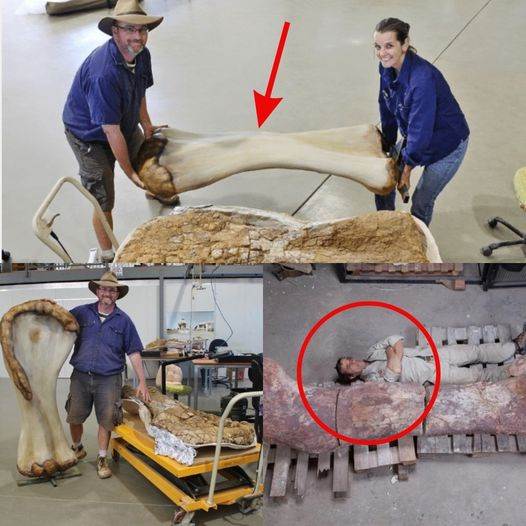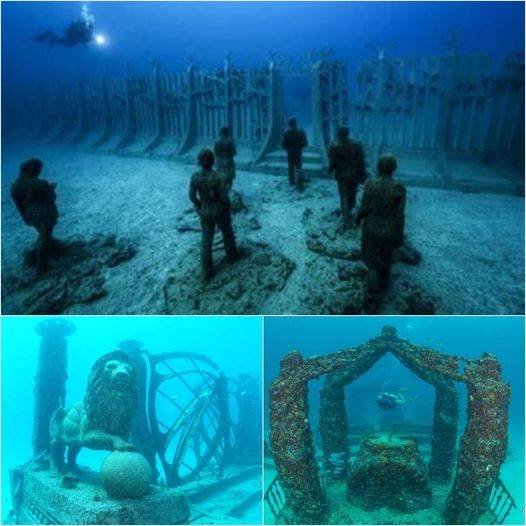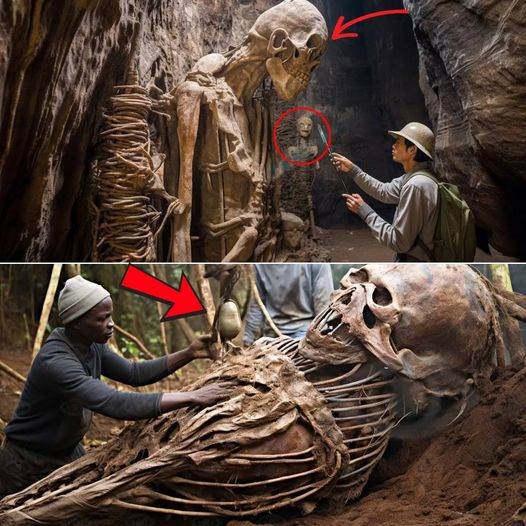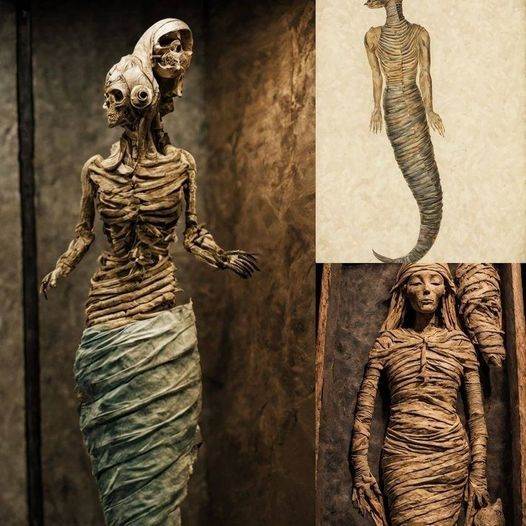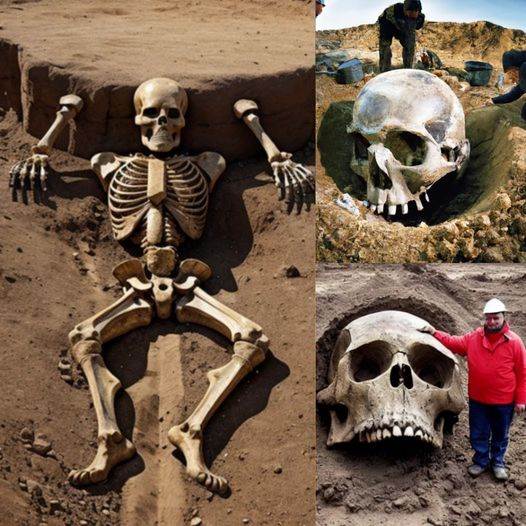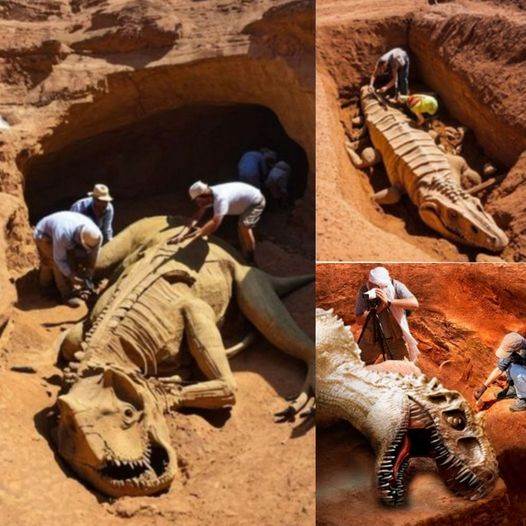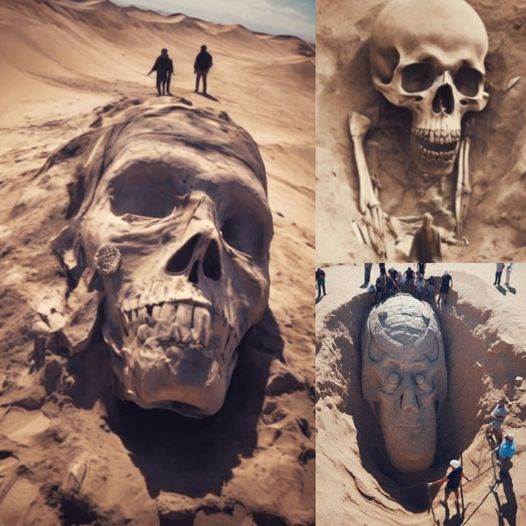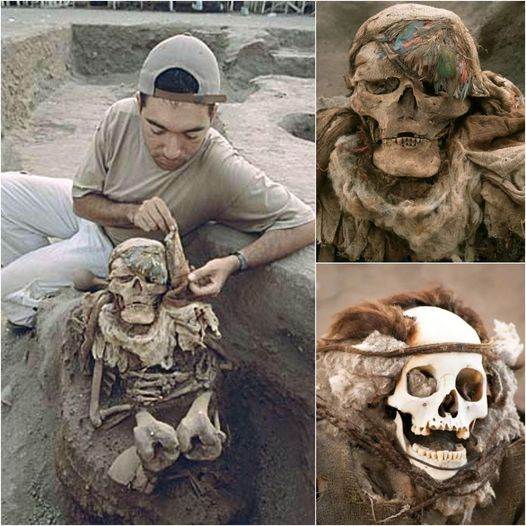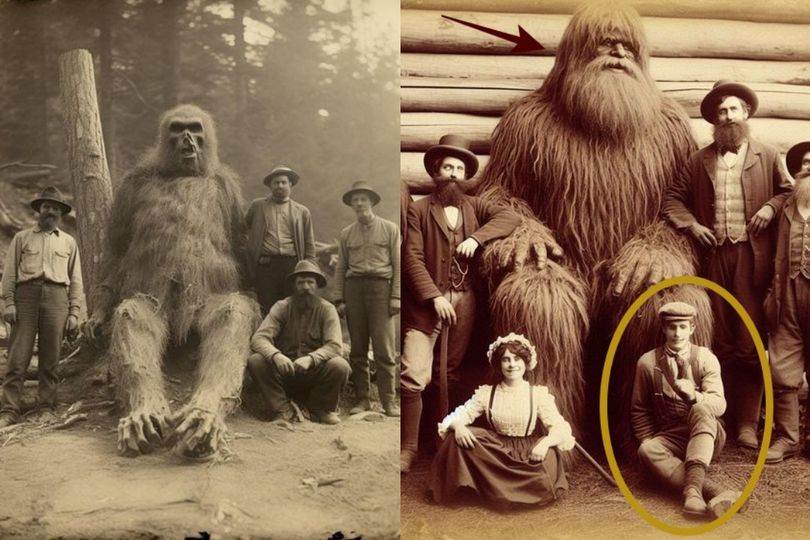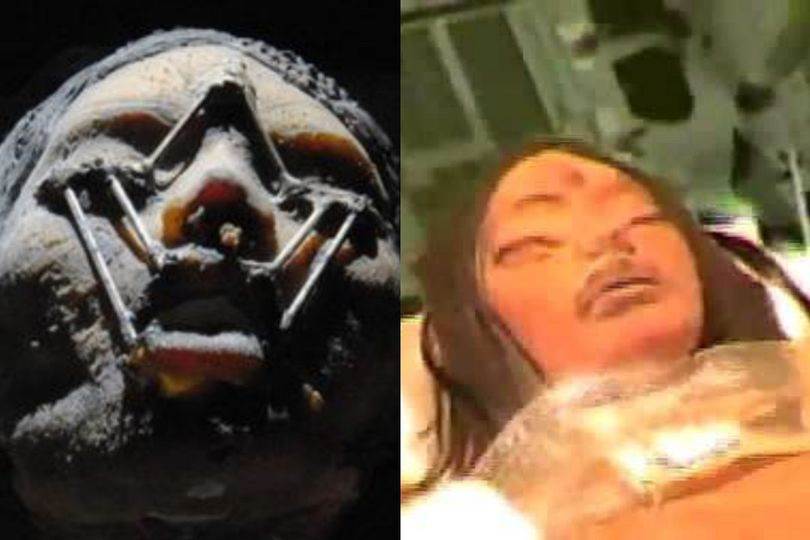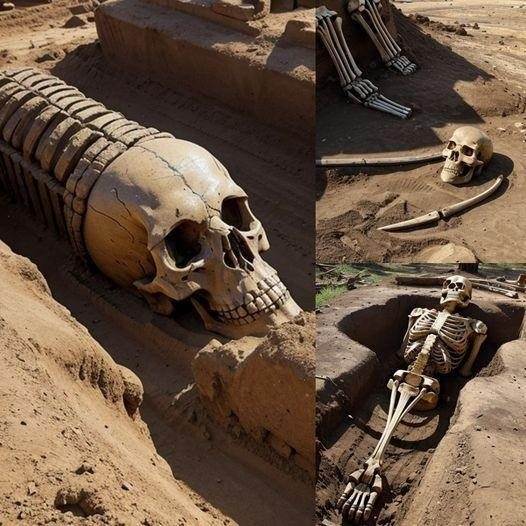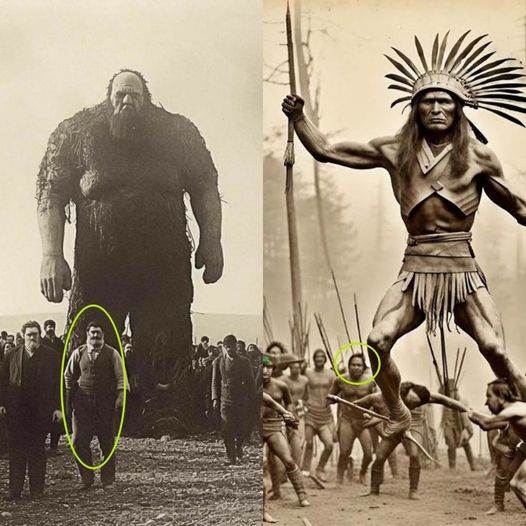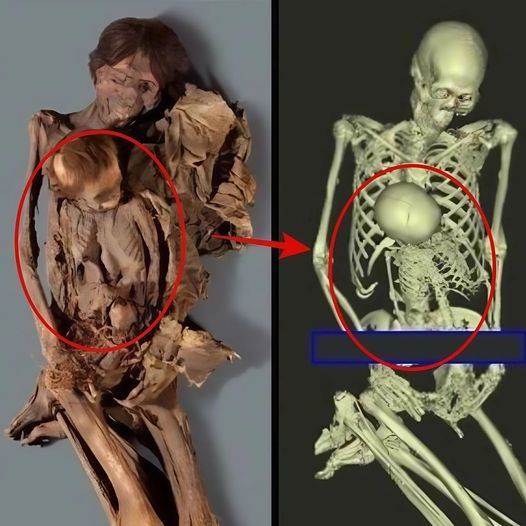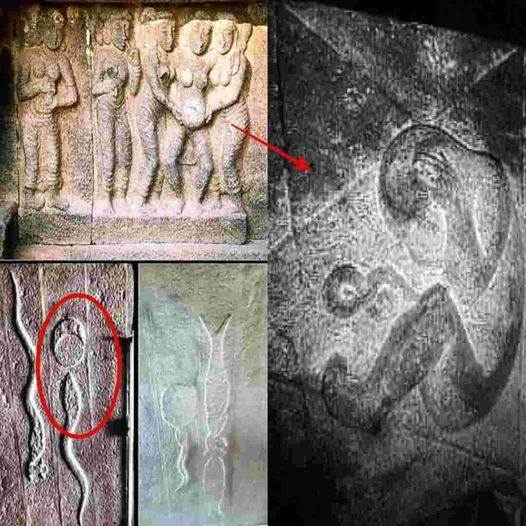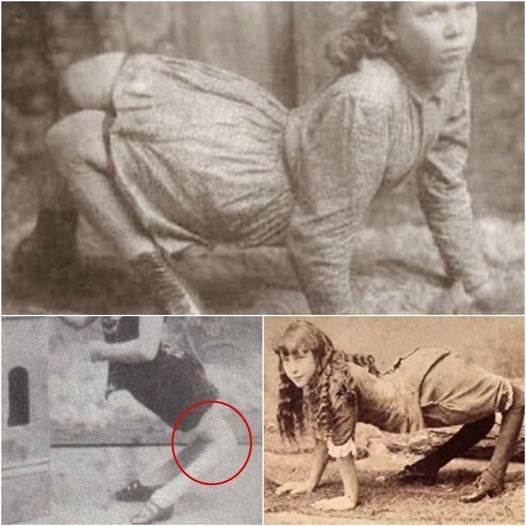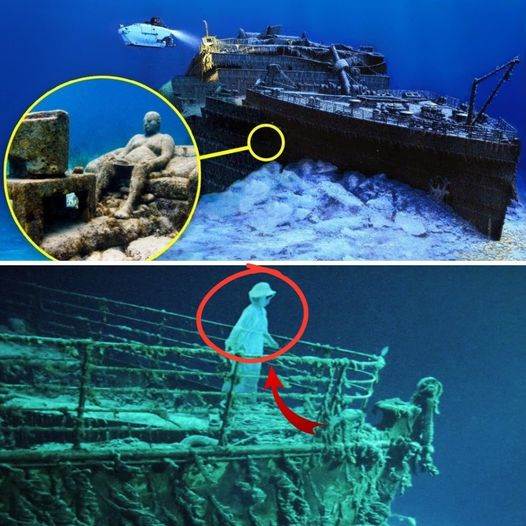
The Titanic, one of the most famous and tragic shipwrecks in history, continues to capture the public's imagination more than a century after its sinking. The luxury liner, which struck an iceberg on its maiden voyage in 1912, remains a source of fascination for historians, researchers, and Titanic enthusiasts around the world.
Over the years, numerous expeditions have been launched to explore the wreck site of the Titanic, which lies at a depth of around 12,500 feet at the bottom of the North Atlantic Ocean. These expeditions have yielded a treasure trove of information and artifacts, shedding new light on the events leading up to the ship's demise and the lives of those who were onboard.
Recently, a shocking revelation has emerged from the latest expedition to the Titanic wreck site. A strange figure, believed to be a man, was discovered stuck on a chair deep within the wreckage. The figure's identity remains a mystery, but speculation is swirling that it could be none other than the ship's captain, Edward Smith.
Smith, a seasoned seaman with several decades of experience, was at the helm of the Titanic when it struck the iceberg on April 14, 1912. He is believed to have gone down with the ship, staying aboard until the very end as it slipped beneath the icy waters of the Atlantic.
If the figure found in the wreck site is indeed Captain Smith, it would provide a haunting and poignant glimpse into the final moments of the ill-fated vessel.
The discovery of the figure on the chair has sparked a flurry of debate and discussion among Titanic researchers, historians, and enthusiasts. While some are convinced that it is Captain Smith, others are more skeptical, pointing out that the wreck site has been subject to significant deterioration and damage over the years, making it difficult to definitively identify the figure.
In addition to the figure on the chair, the latest expedition to the Titanic wreck site has uncovered other intriguing artifacts and evidence.
Among the most notable discoveries are personal belongings, such as clothing, jewelry, and letters, belonging to passengers and crew members. These items provide a poignant reminder of the human cost of the tragedy and offer a glimpse into the lives of those who perished.
In addition to personal effects, the wreckage itself has yielded valuable insights into the events leading up to the sinking of the Titanic. Scientists and researchers have been able to piece together a more detailed picture of how the ship broke apart and sank, shedding light on the structural weaknesses that contributed to the disaster.
This information could prove invaluable in ensuring that similar tragedies are prevented in the future.
The discovery of the figure on the chair at the Titanic wreck site has reignited interest in the famous shipwreck and sparked renewed efforts to explore and document its remains. While the identity of the figure remains a mystery, its presence serves as a haunting reminder of the lives lost on that fateful night in 1912.
As researchers continue to study the wreckage of the Titanic and the artifacts recovered from the seabed, new insights are sure to emerge, shedding further light on one of the most tragic events in maritime history.
The story of the Titanic, and the brave men and women who were onboard, will continue to captivate and inspire people for generations to come. And the mystery of the figure on the chair at the wreck site will remain a poignant and enigmatic reminder of the human cost of the disaster.

